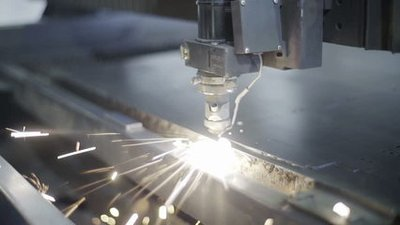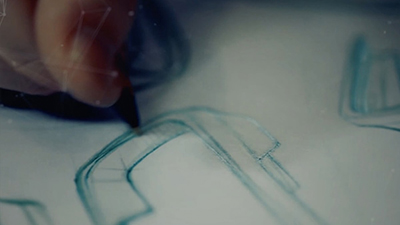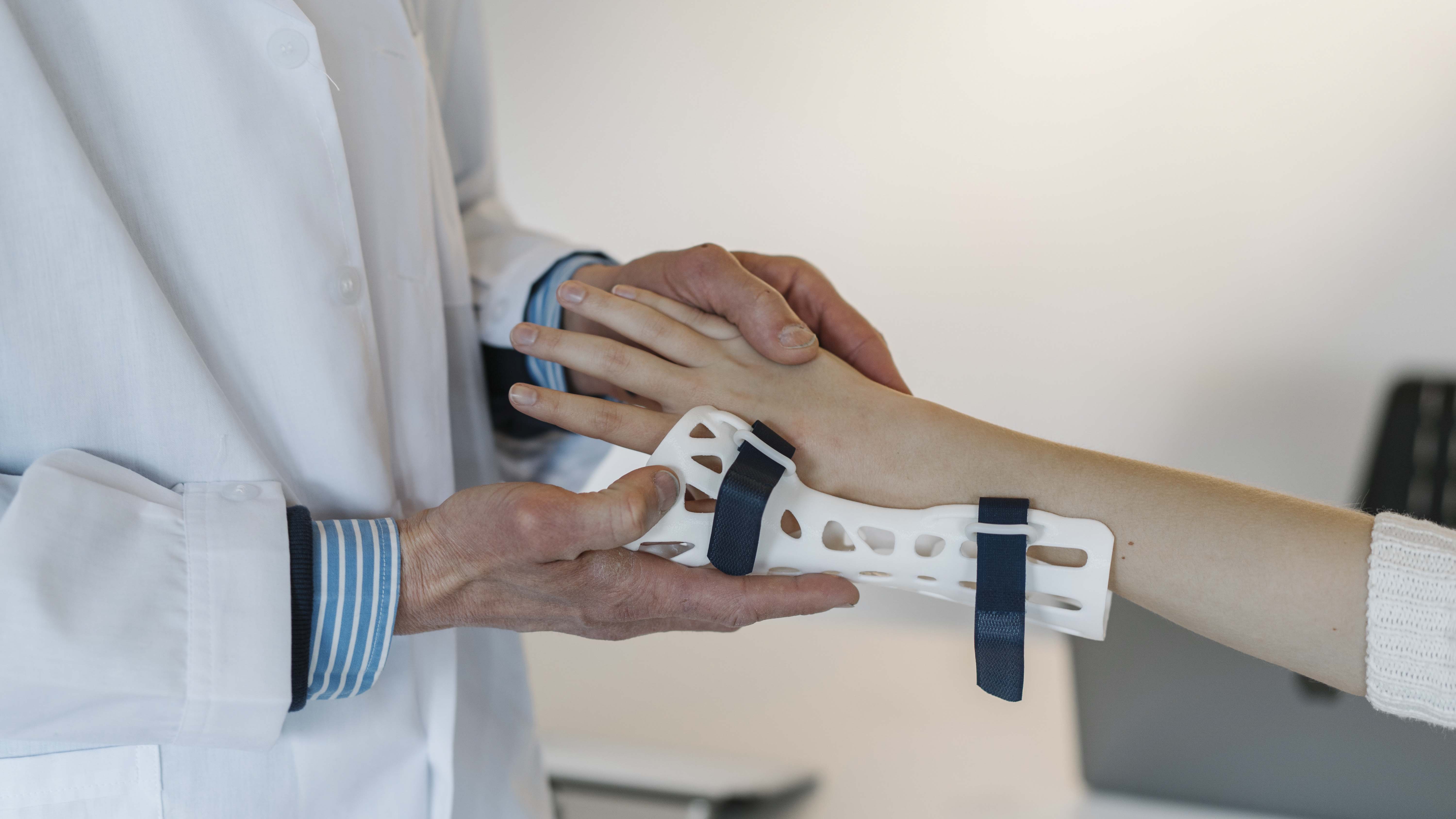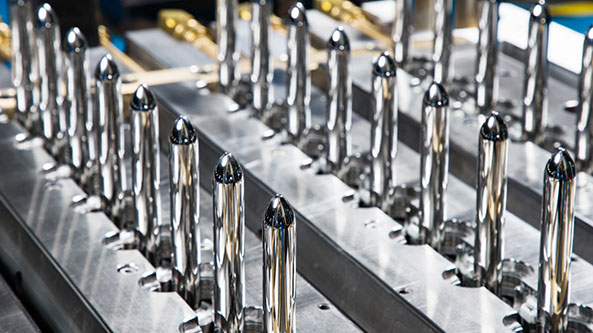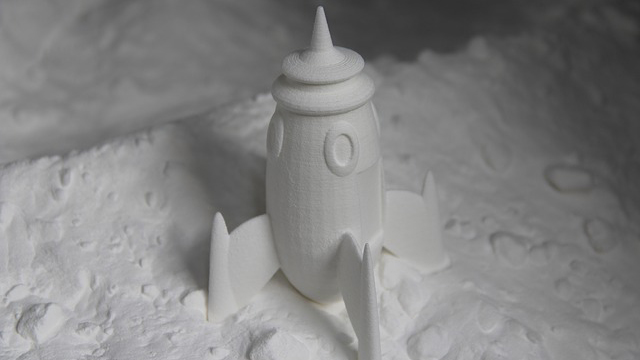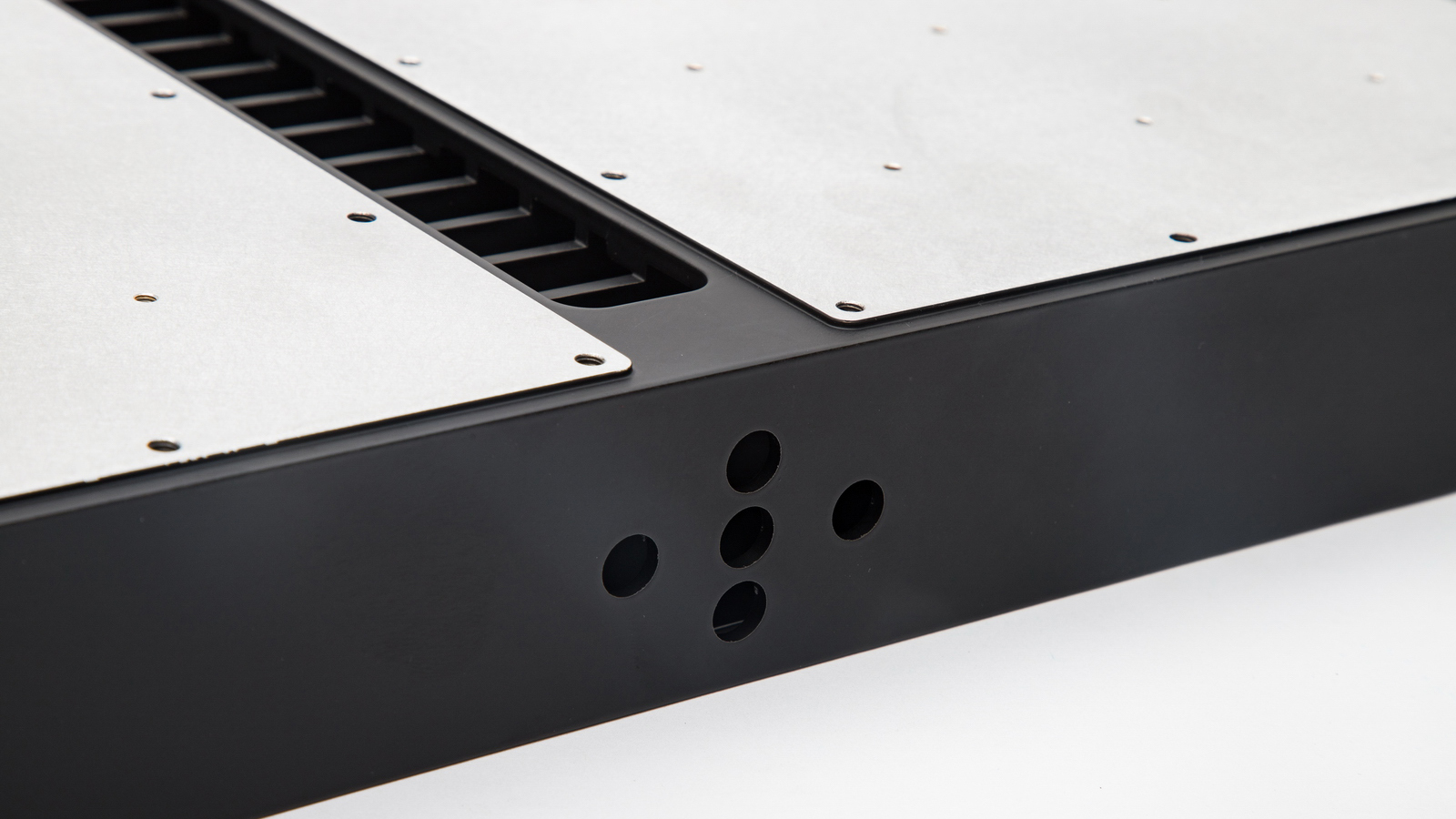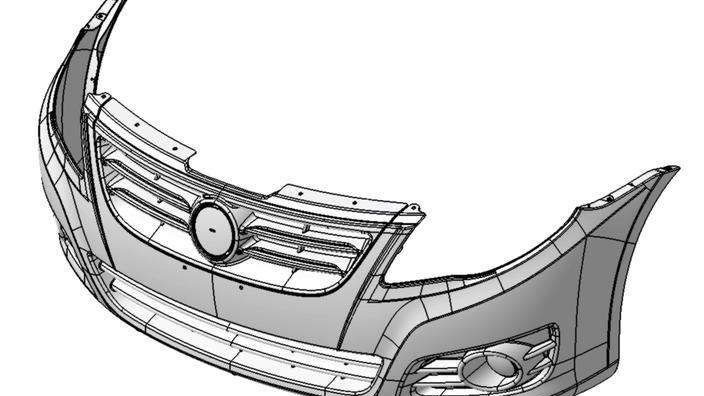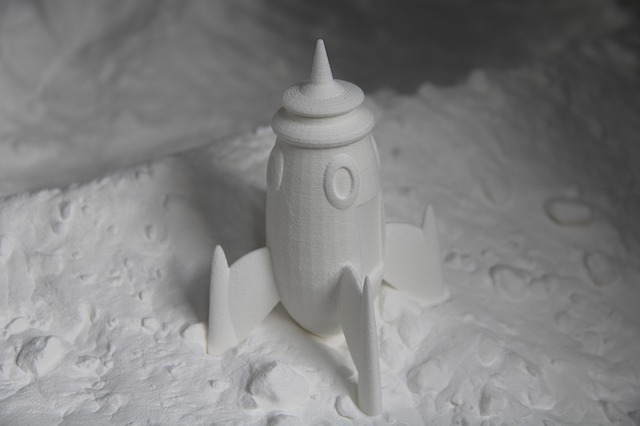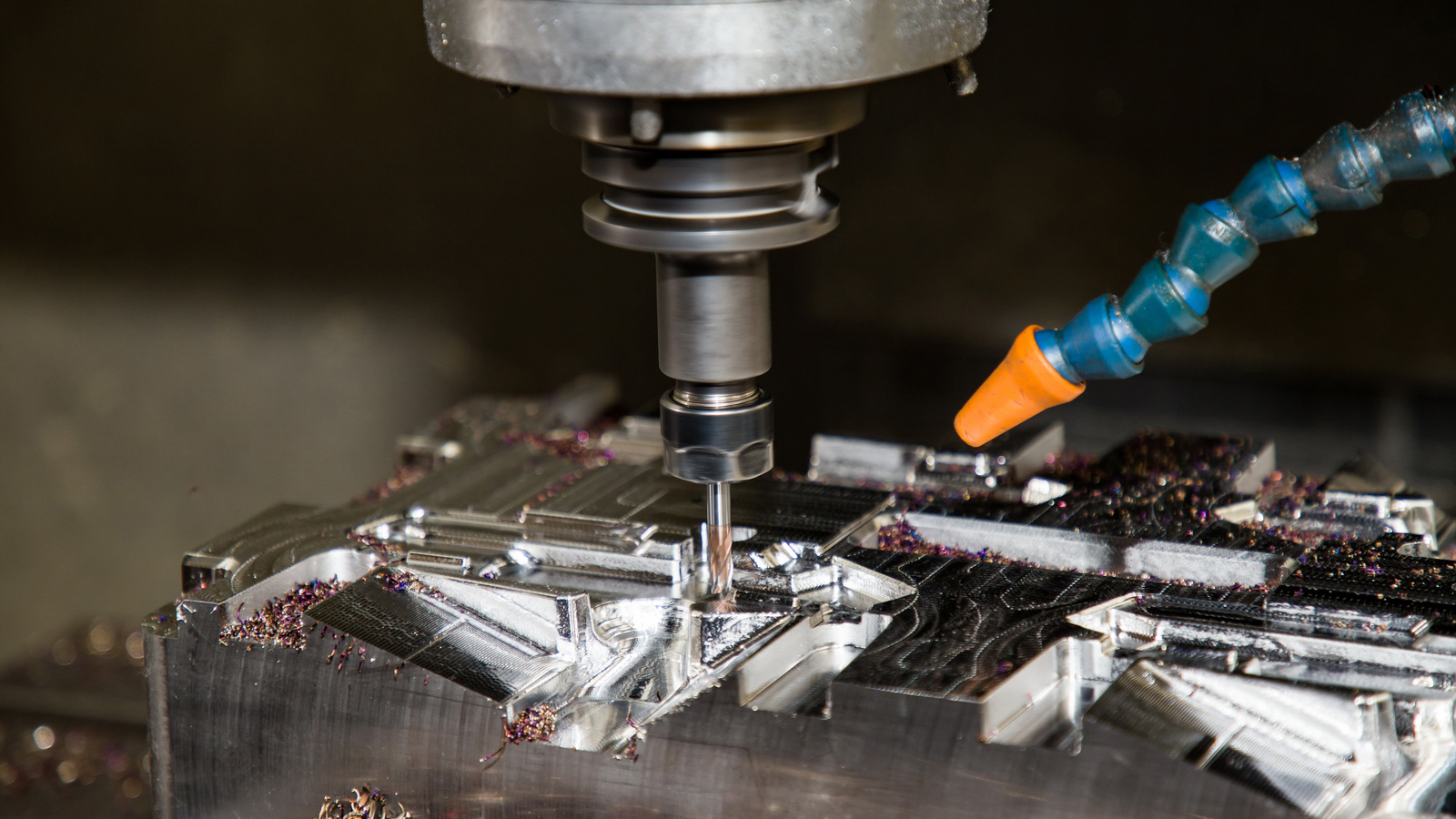Mastars is a large plastic mold manufacturer specializing in the production and processing of plastic molds and plastic products. It is committed to providing professional injection molding and plastic mold manufacturing,custom metal stamping, rapid cnc services.
Due to the high light transmittance of transparent plastics, the surface quality of plastic products must be strict, and there must be no spots, pores or whitening. Fog halo, black spot, discoloration, poor gloss and other defects, so the raw materials and equipment are damaged in the whole injection molding process.
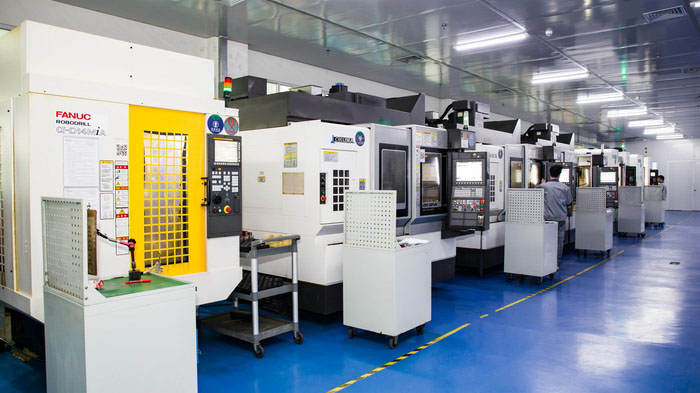
Mold and even product design should pay great attention to and put forward strict or even special requirements. Secondly, since most transparent plastics have high melting point and poor fluidity, in order to ensure the surface quality of products, it is often necessary to make subtle adjustments to the process parameters such as high temperature, injection pressure and injection speed, so that the mold can be filled when injecting plastics without causing internal stress and causing product deformation and cracking.
The following is the preparation of raw materials. Some matters needing attention are discussed in terms of equipment and mold requirements, injection molding process and product raw material treatment.
Preparation and drying of raw materials
Any impurity in the plastic may affect the transparency of the product. Therefore, it is not suitable for storage and transportation. During the feeding process, attention must be paid to sealing to ensure that the raw materials are clean.
In particular, the raw material contains moisture, which will cause the raw material to deteriorate after heating, so it must be dried. During injection molding, the drying hopper must be used for feeding. It should also be noted that during the drying process, the input air should preferably be filtered and dehumidified to ensure that it will not pollute the raw materials.
Cleaning of barrel, screw and its accessories
In order to prevent pollution of raw materials and the presence of old materials or impurities in the screw and accessory depressions, especially the presence of resins with poor thermal stability, screw cleaning agents should be used to clean all parts before use and after shutdown, so that no impurities can be adhered to them. When there is no screw cleaning agent, PE, PS and other resins can be used to clean the screw.
In case of temporary shutdown, in order to prevent the raw materials from staying at high temperature for a long time and causing degradation, the temperature of the dryer and barrel should be reduced, such as the temperature of PC, PMMA and other barrel should be reduced to below 160 ℃. (the hopper temperature should drop below 100 ℃ for PC)
Mold design (including product design)
In order to prevent poor plastic molding, surface defects and deterioration caused by poor backflow or uneven cooling, the following points should be paid attention to during mold design:
The wall thickness shall be as uniform as possible, and the demoulding slope shall be large enough;
The transition shall be gradual. Smooth transition to prevent sharp corners. Sharp edges, especially PC products, must not have gaps;
Gate. The runner shall be as wide and short as possible, and the gate position shall be set according to the shrinkage and condensation process, and the cold charging well shall be added if necessary;
The surface of the die shall be smooth and smooth with low roughness (preferably lower than 0.8);
Vent. The tank must be sufficient to discharge air and gas in the melt in time;
Except pet, the wall thickness should not be too thin, generally not less than 1 mm.
Injection molding process and injection molding machine
In order to reduce internal stress and surface quality defects, attention should be paid to the following aspects in injection molding process:
The injection molding machine with special screw and separate temperature control nozzle shall be selected;
Under the premise that the plastic resin does not decompose, higher injection humidity should be used for injection temperature;
Injection pressure: it is generally high to overcome the defect of high melt viscosity, but too high pressure will produce internal stress and cause difficult demoulding and deformation;
Injection speed: generally, it should be low when mold filling is satisfied, and it is best to adopt slow fast slow multi-stage injection;
Pressure maintaining time and forming cycle: under the condition that the product filling is satisfied and no depression or bubble is generated; It should be as short as possible to minimize the residence time of molten material in the barrel;
Screw speed and back pressure: on the premise of meeting the plasticizing quality, it should be as low as possible to prevent the possibility of degradation;
Mold temperature: the cooling of products has a great impact on the quality, so the mold temperature must be able to accurately control the process. If possible, the mold temperature should be higher.
Other issues:
In order to prevent the deterioration of the upper surface quality, the release agent is generally used as little as possible during injection molding; When recycled materials are used, it shall not be greater than 20%.
All products except pet should be post treated to eliminate internal stress. PMMA should be dried in 70-80t hot air circulation for 4 hours; PC should be in clean air, glycerin. Liquid paraffin, etc. are heated at 110-135 ℃, and the time depends on the product, and the maximum time is more than 10 hours. Pet has to go through biaxial stretching process to get good mechanical properties.


